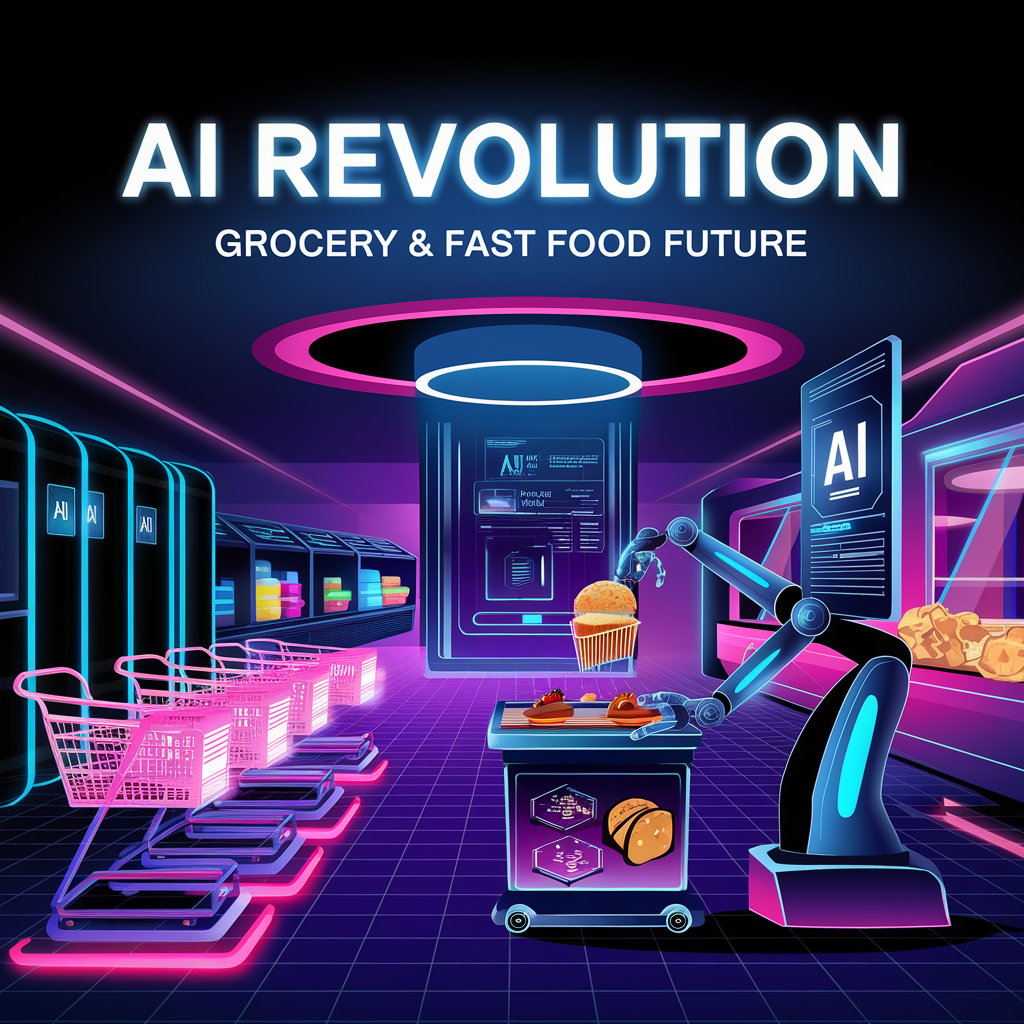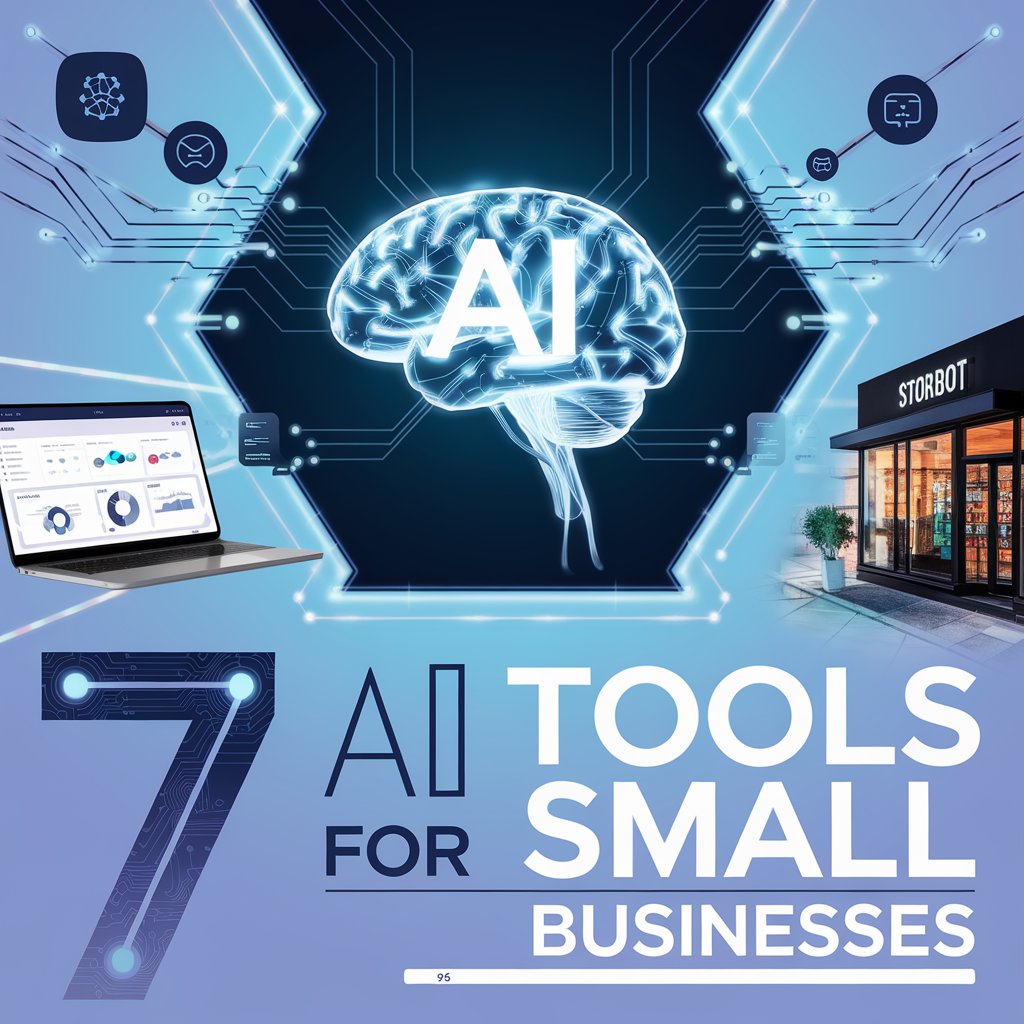The Digitization of Food Retail
The food retail landscape is rapidly evolving. Businesses like McDonald’s are planning to invest $2 billion in AI and robotics to streamline operations in stores and drive-thrus. In 2022 alone, American grocery stores poured $13 billion into technology and automation, a trend expected to increase by 400% by 2025, according to the Food Industry Association. Automation offers a viable solution to cutting labor costs as the industry faces rising wage pressures, particularly in states like California, where minimum wage hikes have burdened fast food establishments.
The Changing Consumer Landscape
The average American spends about $475 monthly on groceries, with menu prices at major fast-food chains surpassing national inflation rates. Popular items such as the McChicken and Taco Bell’s Chalupa Supreme have seen prices double since 2014, forcing businesses to seek ways to reduce costs while maintaining quality in service. CEOs in earnings calls have hinted at leveraging technology as a strategy to alleviate mounting operational expenses. As one executive put it, “If we’re providing valuable items at competitive prices, integrated with technological advancements, we can continue to grow our market share.”
Embracing Autom
Embracing Automation in Fast Food
Automation is making significant inroads in the fast food sector. Expanding self-service kiosks and the implementation of AI system at drive-thrus are just a glimpse into the future of dining. Instacart, for example, is rolling out smart carts equipped with sensors that track what items customers add to their carts, ensuring that shoppers can adhere to their budgets while offering coupon-clipping capabilities. This technology not only promotes a smoother checkout experience but also empowers consumers by integrating budget-management tools during their shopping trips.
The Role of AI
As the technological shift accelerates, fast-food giants like Yum! Brands, which oversees chains like Taco Bell and KFC, have recorded digital sales comprising 50% of their total sales in early 2024. The company is investing significantly in automation, leveraging AI for operational efficiencies. The demand for speed, accuracy, and cost savings in customer service has incentivized these adaptations. According to research, 72% of consumers actively use automated technologies like self-checkouts, showcasing a growing acceptance among shoppers, albeit with some hesitations.
Risks and Rewards of Automation
While automation presents opportunities for increased efficiency, it also raises concerns over job displacement in the fast food and retail sectors. The Bureau of Labor Statistics projects a 2% decline in total retail jobs from 2022 to 2032, attributed to technological advancements. However, more than 500,000 new jobs will be necessary each year to manage turnover in the fast food industry alone.
Challenges Ahead
Despite the advantages, technology is not without its challenges. Retailers have noted that while self-service kiosks boost ticket sizes and customer satisfaction, self-checkout systems can lead to increased theft and operational errors. Some customers appreciate the privacy and speed of automation, while others perceive it as a decline in service levels. Understanding customer preferences in automation remains critical for businesses.
A Balancing Act
As retailers innovate, balancing customer satisfaction with operational efficiency will be crucial. McDonald’s has recognized this, highlighting the importance of employee training and customer interaction to ensure a positive experience:
- Enhancing Order Accuracy: New technologies aim to reduce wait times and improve accuracy at drive-thrus.
- Personalization: Initiatives like apps that recognize returning customers and provide personalized offers are gaining traction, helping businesses foster loyalty.
- Automation vs. Human Interaction: Judging customer reactions to technology-driven solutions will be vital as companies introduce advancements.
The Future of Retail with Automation
The future of grocery stores and fast food restaurants is poised to be enriched through innovative technologies. Advanced functionalities in smart carts or applications that assist in fulfilling dietary needs are likely to proliferate. The aim is a seamless integration of online and in-store shopping experiences, allowing customers to enjoy personalized, frictionless interactions powered by AI.
As automation continues to advance, the pressing question is how businesses will manage the human aspect of customer interaction with technological prowess. While it’s clear that automation is reshaping the food industry, fostering a welcoming atmosphere that values consumer feedback and needs will remain imperative.
Amidst the complexities of modern grocery shopping and dining, the key remains balancing innovation with service integrity. As companies continue to invest in AI and automation, the long-term vision anticipates a more effective customer engagement strategy, reflecting broader consumer desires for enhanced experiences.
Conclusion
As businesses navigate the ongoing economic pressures and consumer expectations, the integration of AI and automation in grocery stores and fast food chains stands as a pivotal shift. While workers adapt to new roles and the landscape of job availability continues to change, it’s evident that technology will play a critical role in redefining the future of the food industry. The key for retailers will lie in enhancing efficiency while ensuring a memorable and enjoyable experience for their customers.
To better understand how AI can transform your shopping experience or to explore new technologies in the food industry, stay informed on the latest advancements. Don’t miss the opportunity to witness firsthand how these innovations can reshape your interactions in grocery stores and fast-food establishments!



